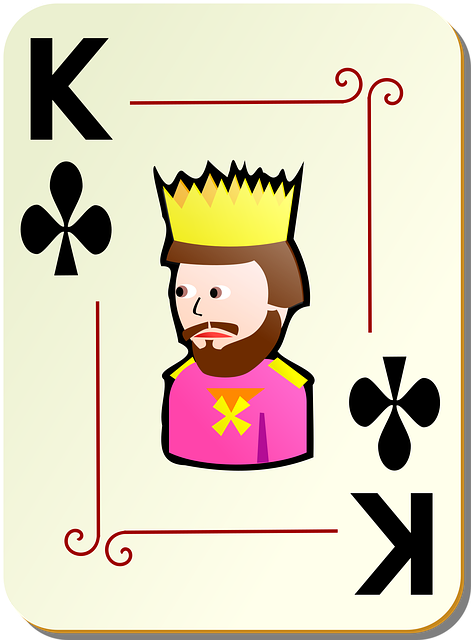Poker tournaments differ from cash games with a structured blind structure, demanding strategic flexibility. Players must adapt their approach based on chip size and stage, balancing aggression and conservation. Pre-tournament planning involves analyzing skill set, understanding rules, setting goals, managing bankroll, and learning from past performances. In-game success relies on dynamic tactics: assessing hand strength, position, and opponent tendencies to make informed decisions. Adaptability is crucial for navigating poker tournaments' evolving dynamics and improving rankings.
Dive into the captivating world of poker tournaments, where strategic prowess meets high-stakes excitement. This article guides you through the intricate dance of understanding tournament structure, crafting a winning pre-game strategy, and mastering in-game tactics. From navigating blind levels to adjusting your playstyle mid-tournament, discover the secrets that separate top players from the pack. Optimize your Poker Tournaments game with these actionable strategies and elevate your performance every time you sit down at the virtual or real-life table.
- Understanding Poker Tournament Structure
- Building a Pre-Tournament Strategy
- In-Game Tactics and Adjustments
Understanding Poker Tournament Structure

Poker tournaments differ significantly from cash games in their structure, which is vital to understand for any player aiming to excel. In a typical tournament, players begin with a set amount of chips that decrease as the game progresses. This creates an escalating environment where the field reduces with each level, intensifying competition. The key goal is not just to win hands but to outlast all other competitors, ensuring survival at each stage.
Knowing when to be aggressive and when to play conservatively is crucial. Early on, players should focus on building a solid foundation by playing strategic hands and positioning themselves well. As the tournament advances, chip stacks become more varied, influencing decision-making. Players with larger stacks may need to adopt a more aggressive approach to risk taking, while those with smaller stacks must be cautious, conserving chips for later stages where the prize pool becomes more substantial.
Building a Pre-Tournament Strategy

Before entering any poker tournament, whether live or online, crafting a structured pre-tournament strategy is essential for success. This preparation involves several key steps. First, analyze your current skills and experience to identify strengths and areas that need improvement. Knowing your position in terms of playing style and ability will guide your decision-making during the tournament.
Next, study the tournament structure meticulously. Understand blind levels, time limits, and prize distribution dynamics. This knowledge enables you to set realistic goals, manage your bankroll effectively, and adjust your strategy accordingly. Additionally, researching previous tournament results and identifying successful strategies employed by top players can offer valuable insights to enhance your gameplay.
In-Game Tactics and Adjustments

In poker tournaments, mastering in-game tactics and adjustments is key to success. Players must continuously evaluate their hand strength, position at the table, and the behavior of opponents. Agility in adapting strategies is crucial—a tight-aggressive approach might be effective early on, but as blinds rise, a more loose-passive style could become advantageous. For instance, players should consider raising with stronger hands when short-stacked to gain more chips quickly, but also be prepared to fold when facing tough odds.
Observation skills are paramount. Note the betting patterns of opponents, their tendencies to bluff or call, and their overall playing styles. This information can guide your decisions on when to bet aggressively, when to fold, or when to raise for a steal. Remember, in Poker Tournaments, adaptability is the spice that keeps players engaged and increases their chances of climbing the ranks.
Poker tournaments demand a blend of strategic thinking, adaptability, and discipline. By understanding the tournament structure, crafting a pre-tournament strategy, and employing effective in-game tactics, players can navigate the dynamic landscape of poker tournaments to maximize their potential for success. With the right approach, anyone can transform their poker skills into winning results in these exciting events.






